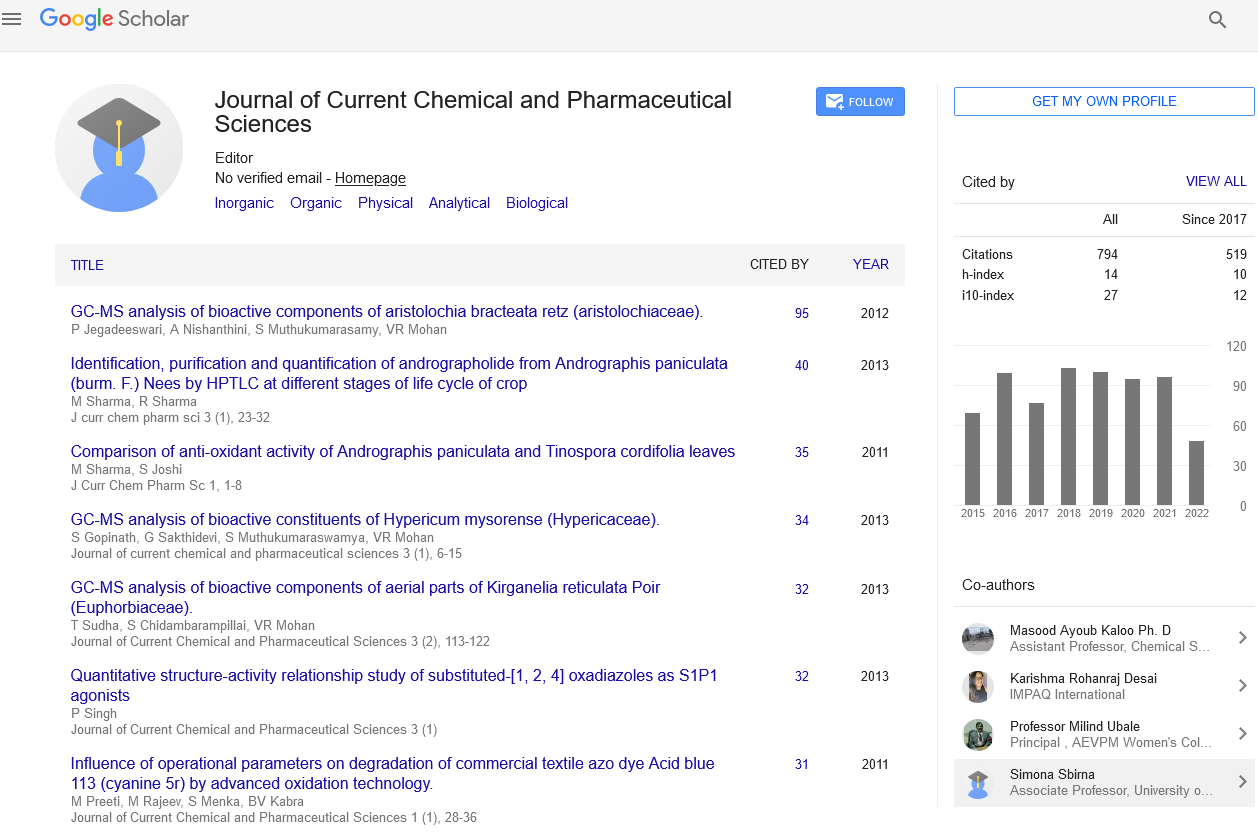Abstract
Quantitative Structure-Activity Relationship Study of Substituted-[1,2,4] Oxadiazoles as S1P1 Agonists
Author(s): P. SinghA quantitative structure-activity relationship (QSAR) study has been performed on agonist actions of [1,2,4] oxadiazoles for S1P1 receptor. The mechanism of action of 3-substuted-[1,2,4] oxadiazoles appeared to be different from that of 5-(substituted phenyl)-[1,2,4] oxadiazoles, therefore, these compounds, in that order, have been divided in two categories, CTGA and CTGB to develop statistical models that may explain the agonist action of the series. From highest significant models for compounds in CTGA, it appeared that the higher values of the descriptors, MATS1v, MATS4m and MATS5p are conducive in improving the agonist action while the functionality such as Al-O-Ar or Ar-O-Ar or R-O-R/R-O-C=X, imparting detrimental effect to it, is undesirable. Thus, the Moran autocorrelation (MATS) of lags 1, 4 and 5 of a molecule weighted, respectively, by atomic van der Waals volumes, atomic masses and atomic polarizabilities remain the leading reasons during interaction with receptor. For compounds in CTGB, the higher values of the descriptors BELe2 (the lowest eigenvalue no. 2 of Burden matrix/weighted by atomic Sanderson electronegativities) and MATS7p or the descriptors MATS7p and C-025 (accounting for the fragment R--CR--R) are beneficial in improving the agonist action of a compound. Therefore, the electronic and polarization effects or polarization effect in addition to the structural fragment, R--CR--R appeared to be governing features during interaction. PLS analysis has further confirmed the dominance of the CPâ€ÂMLR identified descriptors. The guidelines, based on the statistically validated models, may facilitate in exploring more potential analogues of the series. Applicability domain analysis revealed that the suggested models have acceptable predictability. Except one obvious outlier compound from CTGB, all other compounds were within the applicability domain of the proposed models and were evaluated correctly.
